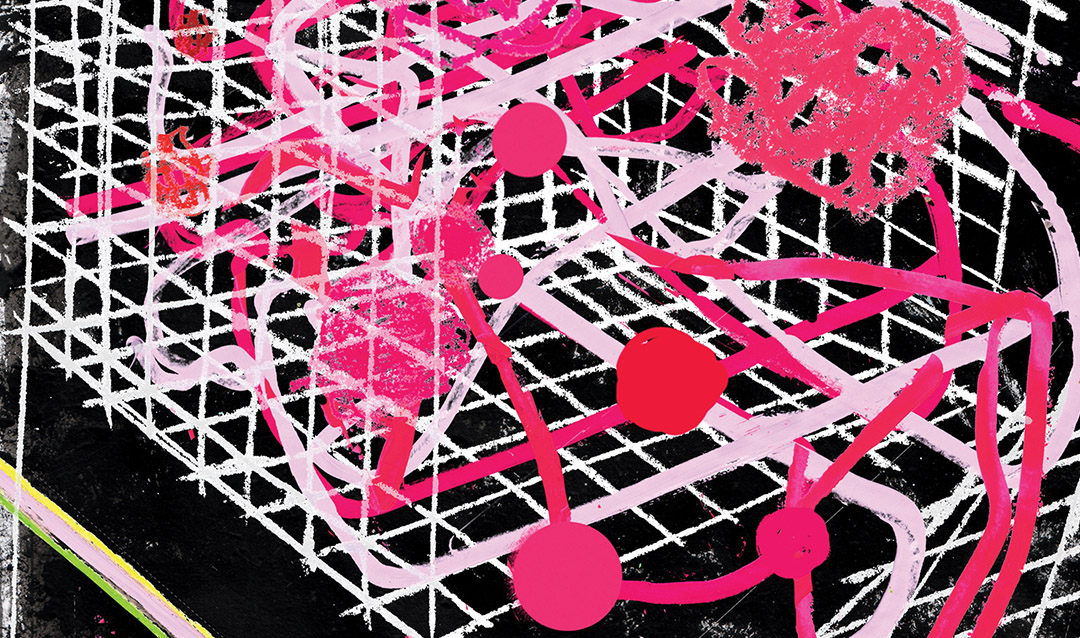From his glass-walled lab in the west wing of Lehigh’s new Health, Science and Technology Building, E. Thomas Pashuck focuses on designing novel biomaterials, including hydrogels, for applications in regenerative medicine and tissue models.
“We’re interested in making gels that do a better job of mimicking human tissues,” said Pashuck, an assistant professor of bioengineering. “We can use these either as tissue models that we can use to better understand how human tissues work or also for therapeutic [applications] to try to help regenerate damaged or diseased tissues in the body.”
His project, “Controlling Non-Specific Peptide Degradation in Hydrogels,” funded with a $200,000 award from the National Science Foundation Engineering Research Initiation, is investigating how short protein fragments called peptides degrade within biomaterials, how peptide chemistry influences degradation rate and how the rate impacts cells’ interaction with biomaterial scaffolds.
Scientists in bioengineering and biomaterials often mix cells and material and study what happens to the cells, but they don’t always look at what happens to the material, Pashuck said.
Peptides, for example, are a promising delivery method for medications, but nonspecific peptide degradation is a limiting factor for pharmaceutical therapies, due to half-life.
Pashuck aims to understand how reducing degradation changes the way cells attach and migrate within biomaterials and determine how much cell adhesion, spreading and migration depend on the stability of a peptide called arginine-glycine-aspartate (RGD), which promotes cell attachment.
“People put peptides in, either for cell adhesion or to signal cells to do things,” Pashuck said. “If we can identify ways that we can make these sequences more stable to nonspecific degradation, if we can come up with some rules to make peptides more stable, we can use this to improve biomaterials.”
Improved modeling of tissues in the lab makes for better understanding of drug discovery, therapies to regenerate tissues and mimicking tissues and how they work.
Pashuck’s project, “Designing Technologies to Visualize Protease Activity in Cancer Models,” funded with a $408,493 award from the National Institutes of Health, is using novel biomolecular conjugates that are sensitive to proteases to enable visualization of proteolytic activity in tumors. Findings could improve understanding of cancer progression and develop more effective treatments.
Proteases are enzymes that act as catalysts in chemical reactions that break proteins down into peptides and amino acids. They play an important role in physiological processes, including development and regeneration of tissue and cancer progression. Current options for quantifying protease activity in tissues are limited, said Pashuck, whose method increases imaging quality and enables visualization of multiple proteases at once.
Pashuck is developing protease- responsive conjugates and incorporating them into hydrogels to visualize protease activity, comparing cancerous and noncancerous cells to better understand metastatic processes.
“This approach is powerful because it can be easily adapted by other labs and can be used for many proteases and incorporated into most biomaterial systems,” he said, adding that the research can help researchers across disciplines develop more effective biomedical interventions.
E. Thomas Pashuck’s research interests focus on designing novel biomaterials to target specific cells and guide them toward a regenerative outcome. He received his Ph.D. in materials science from Northwestern University.





